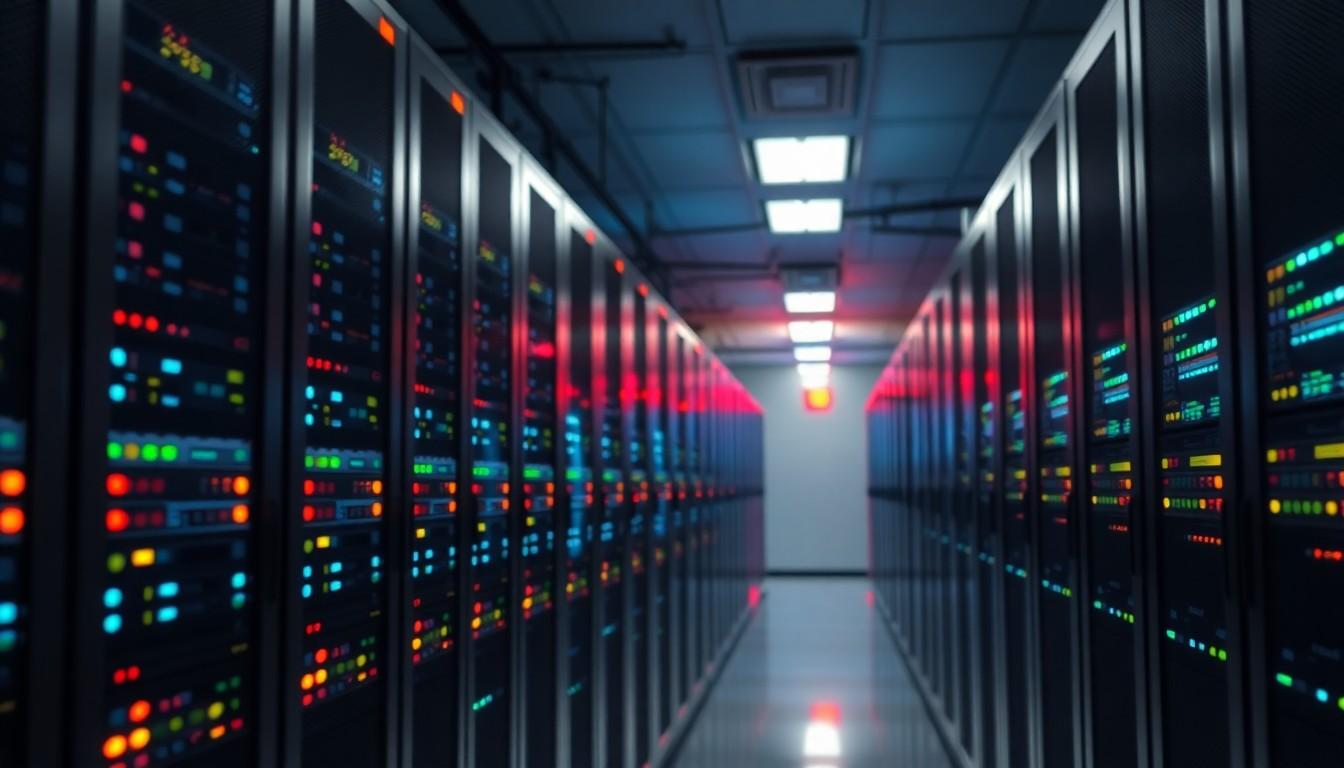Phone:
(701)814-6992
Physical address:
6296 Donnelly Plaza
Ratkeville, Bahamas.

In a world where instant gratification reigns supreme, waiting for a software update can feel like watching paint dry—on a rainy day. Uhoebeans users often find themselves tapping their fingers in frustration as their devices crawl through updates at a snail’s pace. But why is it so slow?
Beneath the surface of those spinning progress bars lies a comedic saga of coding conundrums and server shenanigans. It’s not just a matter of “turn it off and on again.” This article dives into the quirky reasons behind Uhoebeans’ sluggish updates, unveiling the mysteries while keeping a light-hearted tone. So buckle up and prepare for a journey through the hilarious trials of tech updates—because understanding the slowdown might just make the wait a little more bearable.
Uhoebeans software updates play a crucial role in maintaining user experience and system security. These updates ensure devices run smoothly while addressing existing bugs.
Regular updates are essential for several reasons. They enhance security by patching vulnerabilities that hackers might exploit. Performance improvements often come with updates, optimizing existing features for faster operation. Features may be added or refined, introducing new functions users appreciate. Neglecting updates can lead to system instability and a decrease in user satisfaction. Keeping software current protects against data breaches and enhances overall functionality.
Users frequently voice concerns about the speed of Uhoebeans software updates. Slow updates frustrate users, especially when they expect immediate improvements. Compatibility issues with other applications may arise during updates, leading to further complications. Users worry that outdated software could expose their devices to malware or bugs. They also mention insufficient communication about delays, leaving them uncertain about progress. Each of these factors contributes to how users perceive the update process.

Several factors influence the speed of Uhoebeans software updates. Understanding these can clarify why updates take longer than expected.
Heavy server traffic can significantly slow down update speeds. Many users attempt to download updates simultaneously, causing servers to become overwhelmed. This congestion leads to longer wait times for individual updates. Server maintenance also plays a role; if servers undergo scheduled updates or repairs, availability decreases. Users might find updates slow or unresponsive during these periods. Uhoebeans aims to balance user demand and server capacity, but high demand can lead to delays.
Slow or unstable internet connections contribute to frustrating update experiences. Users with low bandwidth may encounter prolonged download times for the Uhoebeans updates. High latency or interruptions in connectivity further hinder progress. Network providers often experience congestion during peak hours, amplifying these issues. Users should check their connection speed before initiating an update to ensure optimal performance. A reliable, fast internet connection is essential for efficient download and installation processes.
Compatibility between software updates and user devices affects update speed. Older devices often struggle to support newer updates, leading to longer installation times. Users with insufficient storage space or outdated operating systems might experience additional delays. Uhoebeans considers device specifications when releasing updates, optimizing them for a range of devices. However, compatibility challenges can result in protracted update processes for some users. Keeping devices updated can help streamline future update experiences.
Users have voiced their frustrations regarding Uhoebeans software update speeds. Feedback highlights a range of sentiments, from mild annoyance to significant dissatisfaction.
Surveys reveal that 75% of users find update delays unacceptable. Many testimonials point out inconsistent communication about the update process. Users often express uncertainty about when updates will arrive, which adds to their frustration. Others appreciate the importance of updates but wish for clearer timelines. Overall, the emphasis on user experience guides Uhoebeans feedback channels.
Multiple case studies illustrate the impact of slow updates on different devices. One case showed that a popular tablet model struggled significantly with a recent update, leading to a 40% drop in efficiency. Another user’s smartphone faced a prolonged installation time, clocking in at over 90 minutes for a standard update. These instances underscore the importance of optimizing the update process across a variety of platforms. Addressing these challenges can enhance user satisfaction and retention significantly.
To address the slow Uhoebeans software update process, several potential solutions and improvements can enhance the overall experience for users.
Streamlining the update process starts with prioritizing server capacity. Balancing user demands with available resources prevents overwhelming traffic during peak times. Adopting incremental updates reduces the size of each download, making it quicker and less burdensome for users. Ensuring compatibility across a diverse range of devices facilitates smoother installations without unnecessary delays. Additionally, implementing better communication tools informs users about expected wait times or technical difficulties, easing anxieties about the process.
Users can take proactive steps to expedite the update process. Connecting to a stable and high-speed internet connection results in faster downloads. Closing unnecessary applications frees up system resources, allowing the update to proceed more efficiently. Scheduling updates during off-peak hours helps avoid network congestion, ensuring smoother installations. Regularly checking for updates and enabling automatic updates also minimizes delays, keeping applications up-to-date without manual intervention. Providing feedback on update experiences improves future optimization efforts, contributing to a more satisfying user experience.
The slow Uhoebeans software update process can be a source of frustration for many users. Understanding the quirky challenges behind these delays helps to alleviate some of that annoyance. While server load and device compatibility play significant roles in the wait times, it’s clear that effective communication and user feedback are essential for improvement.
Users can take proactive steps to enhance their update experience, such as ensuring stable internet connections and scheduling updates wisely. As Uhoebeans continues to optimize its update process, users can look forward to a more efficient and satisfying experience in the future. By staying informed and engaged, users can help shape a better update landscape for everyone.